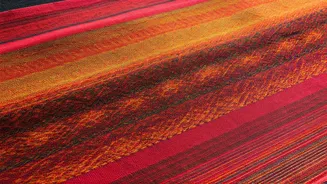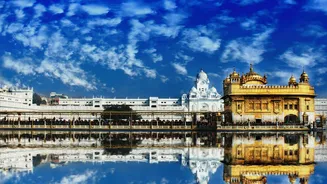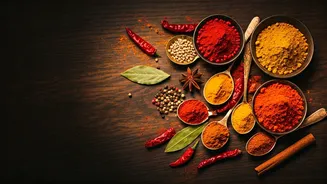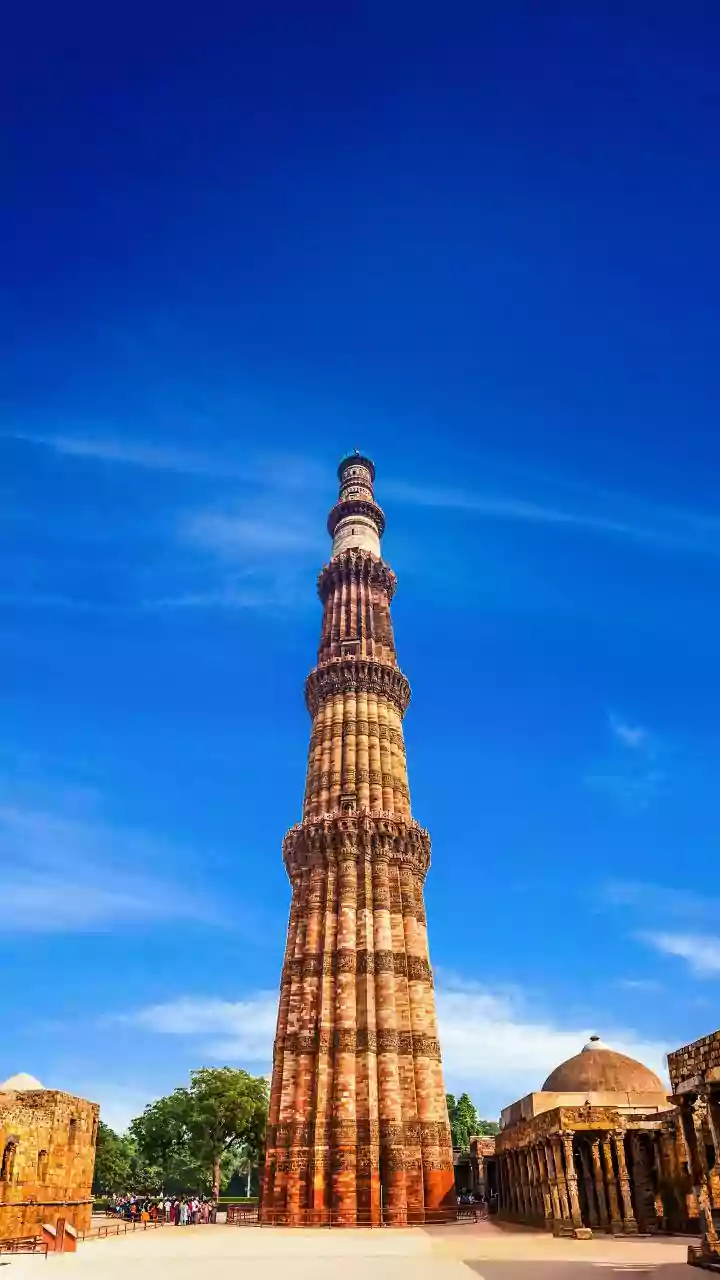Rich Textile Heritage
India's history is deeply woven with a rich textile tradition, where crafts and embroidery have thrived for centuries. The diversity of India is reflected
in its vast array of techniques, materials, and designs, which vary by region. The artisans, preserving these practices, have played a crucial role. From the vibrant threadwork of Rajasthan to the delicate weaves of Bengal, each technique tells a unique story. These crafts aren't just decorative elements; they represent cultural narratives, familial histories, and artistic expression. The skills are frequently passed down across generations, ensuring that these artistic traditions endure and continue to evolve. This rich cultural tapestry has influenced global fashion, making Indian crafts and embroidery highly sought after and respected around the world.
Embroidery: Artistry Revealed
Embroidery, an exquisite art form, transforms plain fabric into vibrant masterpieces using needle and thread. Different Indian states showcase distinctive styles, each with its unique characteristics. Phulkari from Punjab is famous for its bright floral patterns, adding celebratory cheerfulness to any outfit. Kantha from Bengal features simple running stitches, often repurposing old cloth into new, beautiful designs. Chikankari from Lucknow is characterized by its delicate, white-on-white embroidery, exuding elegance. Zardozi, used on royal garments, is a rich embroidery that involves the use of metallic threads and embellishments like beads and sequins. These techniques require precision, patience, and artistic vision. The intricate designs are a testament to the skill and dedication of the artisans, who keep these traditions alive. These detailed embroideries represent India's diverse artistic heritage, offering a rich source of inspiration for fashion designers worldwide.
Styling & Integration
Incorporating Indian crafts and embroidery into your wardrobe is about celebrating cultural heritage with a modern twist. Consider starting with small details, like an embroidered scarf or a blouse with intricate work, to add a touch of elegance to your outfits. For a more statement look, a handcrafted kurta or a dress with detailed embroidery is perfect. Pair these pieces with contemporary items to create a balanced ensemble. For example, a heavily embroidered skirt looks stunning with a simple, neutral-toned top. Accessories like embellished bags or embroidered shoes can also elevate any outfit, showcasing the beauty of Indian craftsmanship. Experiment with different combinations to discover your personal style. Embrace these traditions and enjoy the beauty they bring to your fashion choices. The key is to blend the traditional with the modern, creating a look that is both stylish and meaningful.
Trends and Evolution
Indian crafts and embroidery constantly evolve, adapting to new trends while still staying true to their roots. Modern fashion designers are experimenting with these traditional techniques, creating innovative designs that appeal to a global audience. The focus is on using sustainable practices and fair trade, supporting the artisans. There's a growing appreciation for handcrafted pieces, with consumers increasingly valuing authenticity and uniqueness. We see embroidery incorporated into various fashion items, from everyday wear to formal attire. Additionally, the availability of these crafts is expanding, with more online platforms and boutiques offering handcrafted clothing and accessories. This increased exposure ensures that these timeless crafts continue to thrive, bridging tradition with contemporary fashion. As these art forms evolve, their core values remain, reflecting India's rich cultural legacy.
Crafts' Lasting Appeal
The enduring appeal of Indian crafts and embroidery stems from their artistic skill, cultural significance, and versatility. The intricate handwork, use of vibrant colors, and unique designs make each piece a wearable work of art. These crafts tell stories about communities, celebrate traditions, and reflect the diverse beauty of India. They also offer a meaningful alternative to mass-produced fashion, providing a connection to both the past and the artisans who create them. Their adaptability allows them to be styled in various ways, fitting seamlessly into both traditional and contemporary wardrobes. Furthermore, as the world becomes more aware of sustainability and ethical fashion, these handcrafted items are more relevant than ever. This timeless appeal shows that these crafts will continue to inspire and resonate with fashion lovers and artisans for generations to come.















